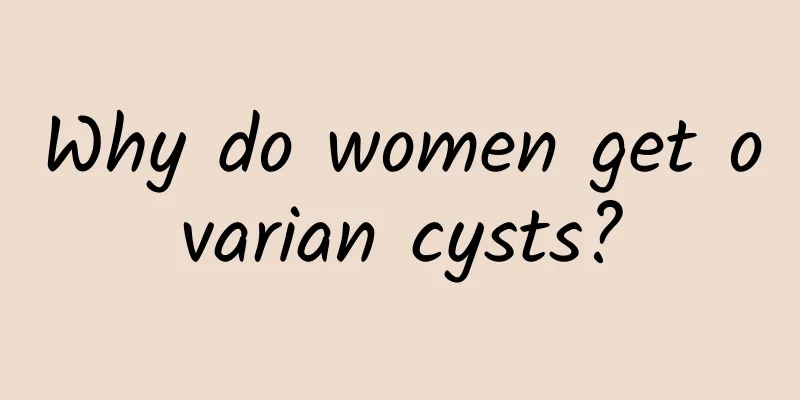Traditional Chinese medicine can be used to treat primary amenorrhea

|
Amenorrhea can be divided into primary amenorrhea and secondary amenorrhea. Both types of diseases can be treated with Chinese medicine. The following are Chinese medicines for the treatment of primary amenorrhea: 1. Kidney deficiency, primary amenorrhea, or late menarche, scanty menstruation, pale and thin, gradually leading to amenorrhea, dizziness, tinnitus, soreness of waist and knees, frequent urination at night, scanty vaginal discharge, dark complexion, pale tongue, thin and moist fur, deep and weak pulse, weak radial pulse. Treatment is to tonify the kidney and replenish essence, regulate and tonify Chong and Ren meridians. Prescription: 15g each of Cuscuta, Lycium barbarum, Rehmannia glutinosa, Rubus idaeus, Codonopsis pilosula, Polygonum multiflorum, Chinese angelica, Ligustrum lucidum, 10g each of Placenta, Herba Epimedii, and Cistanche deserticola. 2. Liver and kidney deficiency, abortion, miscarriage, long-term illness or postpartum, menstrual volume gradually decreases, menstruation is delayed, or even amenorrhea, dizziness, soreness of waist and knees, irritability, hot flashes, less vaginal discharge, dry genitals, even weight loss, sallow complexion, dry skin, hair loss, sexual apathy, pale tongue, thin white or thin yellow fur, thin and weak pulse. Treatment: nourish the liver and kidney, nourish blood and replenish essence. Prescription: 15g each of Rehmannia glutinosa, Chinese yam, Ligustrum lucidum, Lycium barbarum, Polygonum multiflorum, Angelica sinensis, and Poria, 12g of Cornus officinalis, 10g each of Eucommia ulmoides, Cuscuta australis, and Morinda officinalis. 3. Deficiency of Qi and blood, delayed menstruation, decreased menstrual volume, light color and thin menstrual volume, and then cessation of menstruation, fatigue, shortness of breath, laziness, dizziness, palpitations Insomnia, less shiny hair, less moist skin, pale tongue, thin white fur, weak pulse. Treatment: replenishing qi, nourishing blood and regulating menstruation. Prescription: 15g each of Codonopsis pilosula, roasted Astragalus, Atractylodes macrocephala, Poria cocos, Angelica sinensis, White Peony Root, Rehmannia glutinosa, 10g each of Polygala tenuifolia and roasted Licorice root, 6g each of Tangerine peel and Cinnamon heart. |
<<: Advantages of laparoscopic surgery for uterine fibroids
>>: Different types of pelvic inflammatory disease patients have different dietary treatments
Recommend
What tests can detect congenital absence of vagina?
What kind of examination can detect congenital ab...
Which hospital is best for treating pelvic peritonitis?
Pelvic peritonitis is a very common gynecological...
What is the reason why you are also a victim of vulvar leukoplakia?
With the development of society, more and more pa...
How long does it take to be discharged from the hospital after ectopic pregnancy surgery?
How long does it take to be discharged from the h...
How much does an endometriosis test cost?
The impact of many diseases on patients is not on...
Understand the hazards of cervical erosion in women
In today's society, many women suffer from ce...
How to care for female pelvic peritonitis
First, let's briefly introduce the basic know...
What exactly is an ovarian cyst?
What are the symptoms of ovarian cysts? Ovarian c...
Bartholinitis treatment guide
The Bartholin's gland is the internal reprodu...
The harm that bacterial vaginosis can cause to women
Are you still worried about how to treat bacteria...
What are the common manifestations of chronic pelvic inflammatory disease?
Chronic pelvic inflammatory disease is a relative...
How to treat high prolactin? Please remember these points
High prolactin levels need to be treated accordin...
TCM Syndrome Differentiation and Classification of Irregular Menstruation
Traditional Chinese medicine believes that menstr...
Can you get pregnant with endometriosis?
Endometriosis is a common gynecological disease. ...
What should you not eat after endometriosis surgery?
Anyone with a little medical knowledge knows that...









